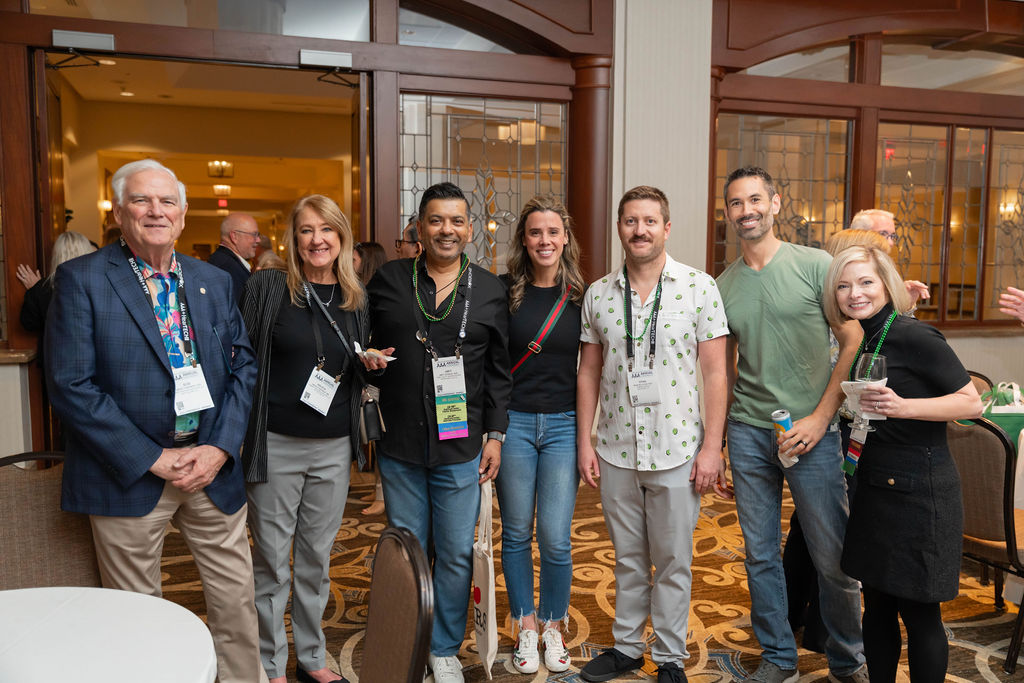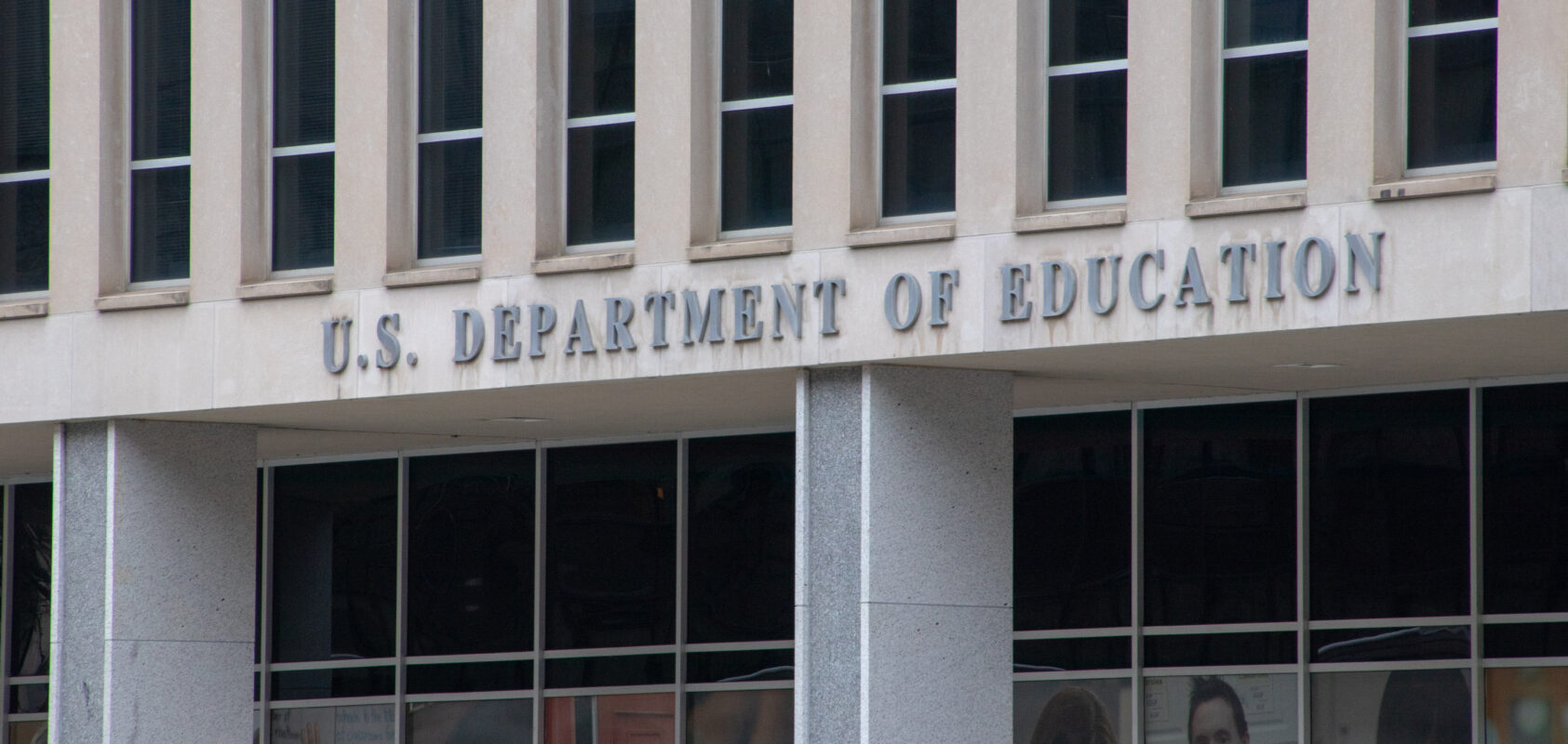Children, teenagers, and young adults are listening to many hours of music daily at volumes exceeding the globally recommended public health limit of 70 decibels of average noise exposure for a day, for a year (Musically.com, 2019).
At the most recent meeting of the Acoustical Society of America (ASA), Daniel Fink (The Quiet Coalition) and Jan Mayes, MSc (audiologist), discussed current research regarding personal audio system usage and the need for public health hearing conservation policies.
In 2017, the Centers for Disease Control and Prevention (CDC) reported nearly 25 percent of Americans age 20–69 have some noise-induced hearing loss (CDC, 2017). Auditory damage risk is highest for people using personal audio systems for more than an hour per day at more than 50 percent volume over a five-year period. Most youth and young adults far exceed this limit on a daily basis.
Unfortunately, many believe that the National Institute for Occupational Safety and Health (NIOSH) recommendation that 85 dBA exposure level for noise is safe (CDC, 2018). Fink reports that 85 dBA is not a safe level of exposure for anyone. Fink and Mayes reported that “a noise level that won’t prevent hearing loss in factory workers or heavy equipment operators is far too high for a young child whose ears have to last an entire lifetime.”
We as audiologists know that there is a need for personal audio system noise emission standards, and public education, to prevent noise-induced hearing loss in children and young adults.
References:
Musically.com (2019) Tweens and Teens: Kids Music Consumption Stats Teens United States (accessed July 2, 2021).
Center for Disease Control and Prevention. (2017) Vital Signs: Noise-Induced Hearing Loss Among Adults—United States 2011–2012 (accessed July 2, 2021).
Centers for Disease Control and Prevention. (2018) Noise and Hearing Loss Prevention. Preventing Hearing Loss Caused by Chemical (Ototoxicity) and Noise Exposure (accessed July 2, 2021).
Recent Posts
Turn Insight Into Action! Attend Learning Labs at AAA 2026
Ready to take your professional development to the next level? At AAA 2026, Learning Labs are your chance to go beyond lectures and dive into…
Your Support Makes the Difference—Let’s Finish the Year Strong
As we wrap up the year, I want to thank you for your generosity supporting the AAA Foundation’s work. The enclosed report highlights what you…
Audiology Faces New Challenges Under Draft Federal Loan Rule: What Comes Next
Member Action Needed Soon! The U.S. Department of Education’s Advisory Committee has reached consensus on proposed regulations implementing the higher education provisions of the One…


